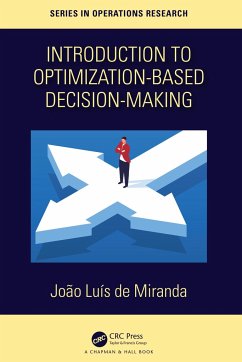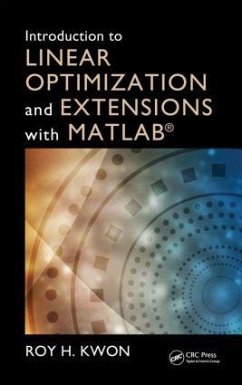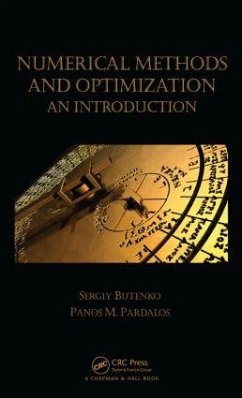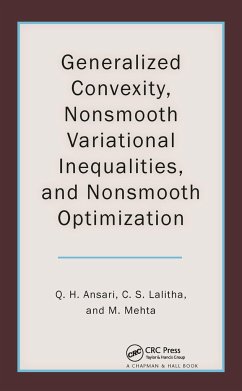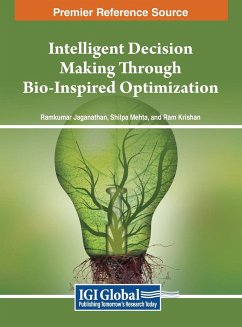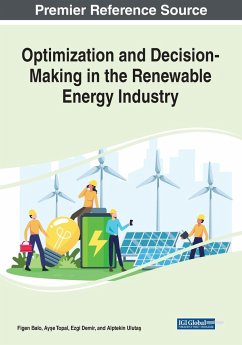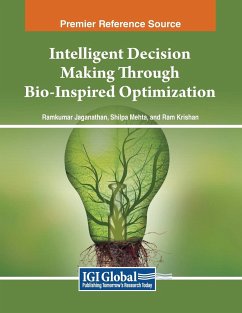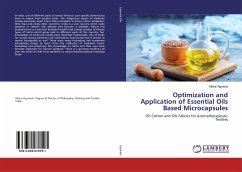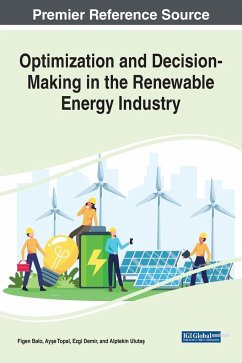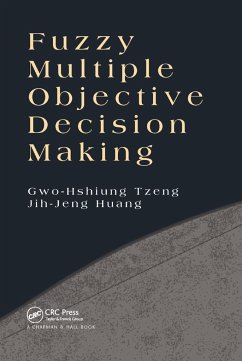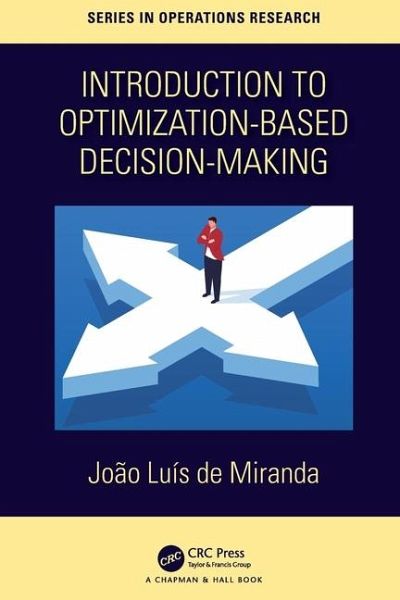
Introduction to Optimization-Based Decision-Making
Versandkostenfrei!
Versandfertig in 1-2 Wochen
62,99 €
inkl. MwSt.
Weitere Ausgaben:

PAYBACK Punkte
31 °P sammeln!
This book provides an elementary and self-contained introduction to the basic concepts involved in making decisions in an optimization-based environment. The mathematical level of the text is directed to the post-secondary reader, or university students in the initial years.





